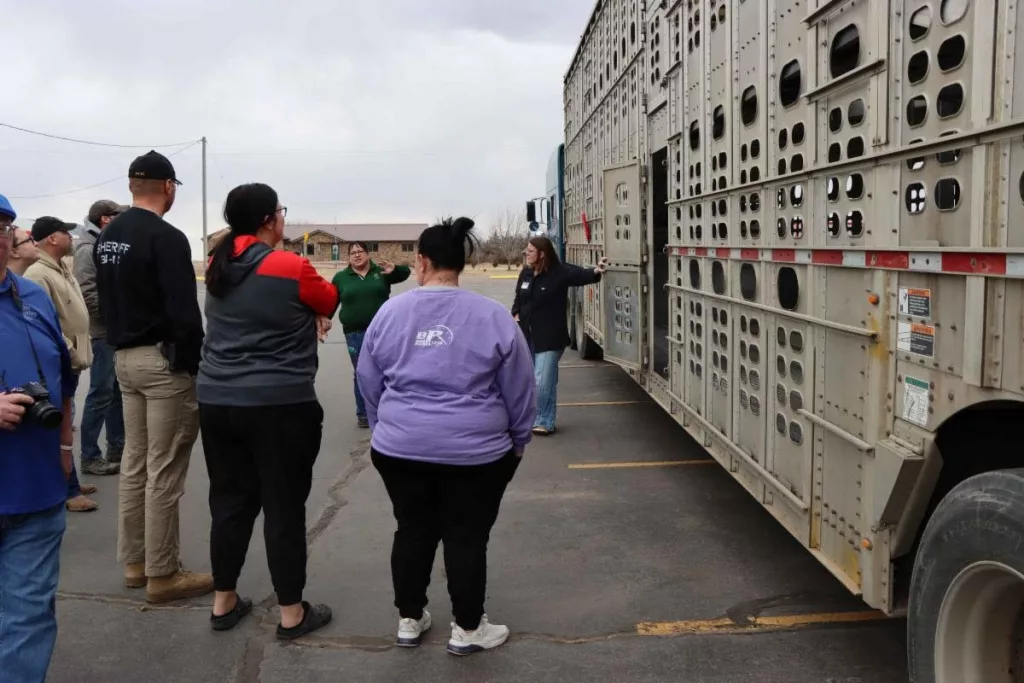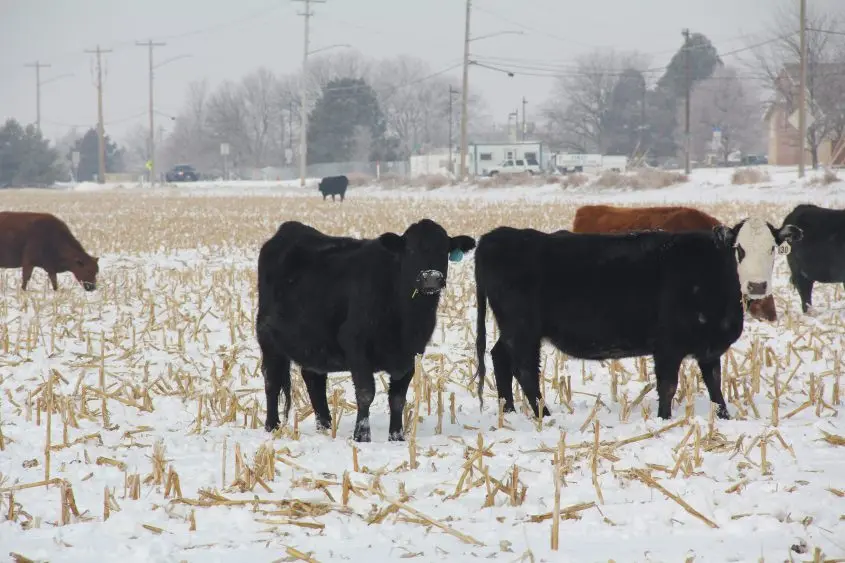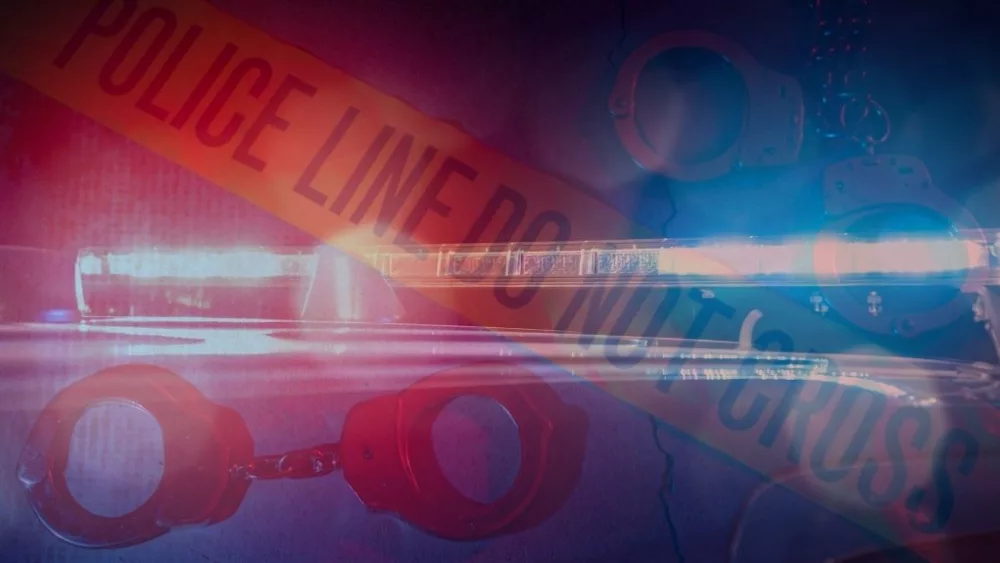BROOKINGS, S.D. — The first time Brandon Wingert responded to a vehicle accident involving livestock was in 2017 when a livestock trailer with 99 cattle tipped over. They successfully recovered all but four of the cattle, but Wingert, Hanson County’s sheriff and emergency manager, never forgot the incident.
A few years later, Fulton-area cow/calf producer Kay Miller sent him an article about the Bovine Emergency Response Plan (BERP) training, and Wingert jumped at the chance to participate.
“Handling that situation with no training really bothered me,” Wingert said of the 2017 accident. “As soon as I saw this I said, ‘we’ve got to have it.’ ”
In March, Wingert hosted the day-long training session in Alexandria. About 30 people attended and spent the day learning everything from basic animal behaviors to biosecurity. Led by experts from SDSU Extension, North Dakota State University Extension and the South Dakota Animal Industry Board, the day included classroom-style training, tours of livestock trailers and other hands-on exercises.
Those in attendance included veterinarians, fire/emergency medical technicians, emergency management personnel, law enforcement and cattle producers. Throughout the day, participants were educated on different scenarios and how to prepare for them. Weather, time of day, terrain – accident scenes have a lot of variables. One of the day’s major messages is: plan ahead.
“It’s usually not 70 and sunny and 3 o’clock in the afternoon,” said Lisa Pederson, North Dakota State University Extension livestock specialist and one of BERP’s developers. “Do the best you can.”
Miller, who is also a retired veterinarian and a member of the local emergency planning crew, also immediately saw the value of the training. Wingert and others noted that in rural South Dakota, many first responders are volunteers. By having teams organized in advance, it makes responses safer and more efficient, and less stressful for the volunteers. After attending, Miller commended the training’s emphasis on preparation and coordinating teams in advance.
“Preparation is key,” Miller said. “I know it’s easier to be ready and prepared.”
The training plan was developed with grants from the U.S. Department of Agriculture’s National Institute of Food and Agriculture and the Beef Checkoff program. Topics included animal care and handling, biosecurity, mortality management, debriefing and other logistical items, like creating an emergency contact list. Participants also received a manual with checklists and spreadsheets, to give them an idea of what information they need to collect.
Lisa Pederson, North Dakota State University Extension livestock specialist and one of BERP’s developers, said safety is the most important part of any response plan.
“Everyone goes home safe tonight,” she repeated.
As part of that safety-conscious approach, Addie Womack, SDSU Extension Livestock Production and Stewardship Field Specialist, walked attendees through animal handling basics. Though the plan’s title specifies “bovine”, it has evolved to include education on other livestock, including horses, hogs, sheep, goats, turkeys and even bison.
Cattle and horses have different fields of vision than other animals. During an accident, their instincts can be similar to if they were being attacked by a predator. Knowing how to interpret animal behavior and work with their instincts can help calm a chaotic accident scene.
“If we take the time to see the world how they see it, it will help us respond,” Womack said.
Veterinarians are an oft-overlooked but essential part of every response team. They can provide the best recommendations for injured animals and assist with euthanasia efforts if necessary. But having those contacts prepared and trained in advance is key.
Mike Stiefvater, owner of Salem Veterinary Service, has been called to accident scenes, and shared that having no training added to the stress of an already-stressful situation. He said the training is especially helpful to learn each person’s role on the team of responders.
“I think a lot of it is trying to see the big picture and having everyone on the same page,” he said. “We do have really valuable skills and experience in these situations. I would really encourage vets to be involved in this training and to coordinate in their communities.”
Robin Salverson, SDSU Extension Cow/Calf Field Specialist, used model animals and vehicles to walk through multiple accident and containment scenarios. In the afternoon, participants toured two types of livestock trailers. The largest livestock trailers, sometimes called “pots”, can hold hundreds of animals. For first responders, that means they need to have quick access to enough fence panels to contain them and a way to transport them once contained. What type of equipment will it take to contain the animals? How will they be transported away? If they’re injured, how will they be treated? Who makes those decisions? Those questions need to be answered in advance, as much as possible.
Presenters also emphasized mental preparation and properly debriefing after an accident. Pederson recounted stories of emergency response teams that didn’t properly debrief after a harrowing accident scene, and the long-term effects it had on that team.
“You’re going to see things you can’t unsee,” Pederson said. “We are humans and we have emotions. Your mental health is the most important thing.”
Salverson agreed, citing the debriefing portion as the most important part of any response. It can be done a variety of ways, but allowing each responder a chance to talk about what happened is vital.
“We want you guys to be safe today, tomorrow and every day after that, mentally as well as physically,” she said.
To host a BERP training in your area, contact Robin Salverson, SDSU Extension Cow/Calf Field Specialist, at 605-374-4177 or Robin.Salverson@sdstate.edu.
SOURCE: SDSU News Release





